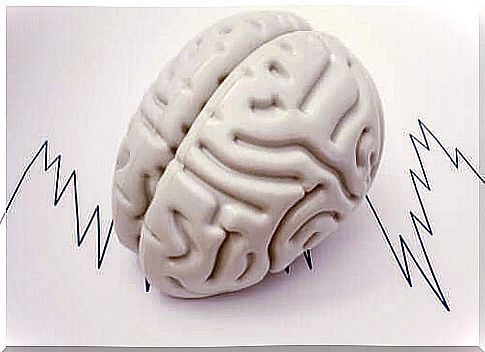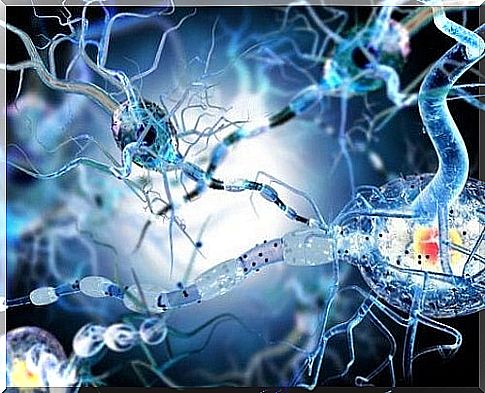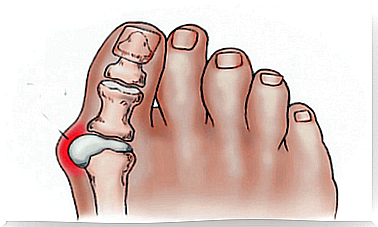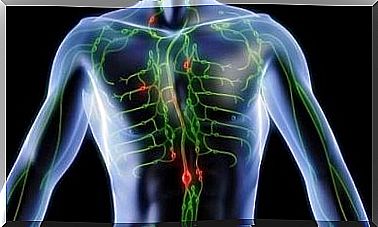Types Of Epileptic Seizures

The types of seizures that exist and that medicine has described so far vary. There are over five main types listed, each with its own specific characteristics.
Epilepsy is a nervous disorder in which there is something like electrical landings throughout the nervous system throughout the body. The different types of seizures occur suddenly and without any warning signals, disrupting other functions of the neurons.
As we will see later, an epileptic crisis is not the same as epilepsy as a diagnosed disease. A person may experience an epileptic crisis at some point in their life, even if they do not have epilepsy.
Seizures usually last a short time, then stop and the person can return to normal functioning. Such a recovery should be complete and leave no side effects. However, should such effects occur, there are grounds to suspect other primary diseases.
It is estimated that 1% of the population experienced this type of crisis. However, this estimate does not take into account the type of epileptic seizures. In contrast, among people diagnosed with epilepsy and treated, about a fifth of patients are unable to control their seizures despite taking medication.
The types of epileptic seizures fall into two main groups :
- Generalized crises: They arise because a neural electrical discharge occurs at the same time from a large part of the brain, including an entire organ of the brain.
- Partial seizures: Also called focal seizures because they are located or clustered in a specific and limited group of neurons.
Types of generalized epileptic seizures
The first large group of epileptic seizures is therefore generalized seizures. These are the types of crises in which there is a simultaneous discharge of brain neurons in a massive way. Among them, we distinguish 3 main subtypes:
- Tonic-Clonic: This is perhaps the most famous epileptic crisis. The body of the person who is going through the crises first stiffens and then rhythmically shakes the limbs and torso. Usually, the person will fall and pass out and even lose control of the sphincter. Another complication may be a bite of the tongue and a head injury from a fall.
- Absence Seizures : These types of seizures are completely different from the previous ones. The patient remains motionless and his gaze is directed to infinity and cannot answer. There is a loss of consciousness that is not manifested by fainting, but by a lack of a sense of reality. Epileptics with these seizures often experience such a crisis over a period of about ten seconds.
- Myoclonic : In contrast to the tonic-clonic crisis, there is an episode of postural rigidity. When a neuronal electrical discharge occurs, the patient shakes his body, especially the upper limbs. Sometimes the attack is mild and is treated as a nervous tic, without much impact. Other times, however, it is associated with unconsciousness, falling, and fainting.

Types of focal epileptic seizures
Among the focal or partial types of epileptic seizures in which the electrical discharge comes from point neurons, we distinguish:
- Simple partial seizures: This is a clinical presentation without unconsciousness. The person suffers from muscle jerks in certain parts of the body accompanied by sensations such as tingling. These seizures vary in their course. for example, those that rely solely on the perception of the person with no outward signs. Or sensory crises, for example with hallucinations.
- Complex Partial Seizure: This picture is characterized by a loss of consciousness and is somewhat reminiscent of an unconscious crisis. A person can be absorbed in nothingness for a while by making automatic movements such as chewing. However, due to loss of consciousness, the patient does not remember the episode.
- Partial seizure generalization : This is a partial crisis that evolves over the course of its course and moves from localization to generalization. The final symptoms will be seizure symptoms, such as those described for generalized seizures.
- Epileptic contractions: This is the type that occurs in children, especially those under one year of age, and rarely among those over two years of age. A sign of this is when the body is pulled out or the whole body is suddenly bent for almost five seconds.

Not all seizures are epilepsy
As we mentioned before, an epileptic crisis does not necessarily mean that we have epilepsy. In this case, complementary neurological methods should be used to establish a diagnosis of epilepsy as such.
Seizures that sometimes affect pregnant women with eclampsia do not usually mean epilepsy. These types of symptoms come from a disease called eclampsia, and these episodes disappear completely after termination of the pregnancy.
The electroencephalogram is the most frequently ordered examination by doctors to rule out epilepsy or confirm the type of seizure. The study obtains traces of brain waves by recording with a special apparatus.
If necessary, the examination may be supplemented with brain imaging. The purpose of such an imaging test would be to find damage to the brain that may be causing epilepsy, such as a tumor.









